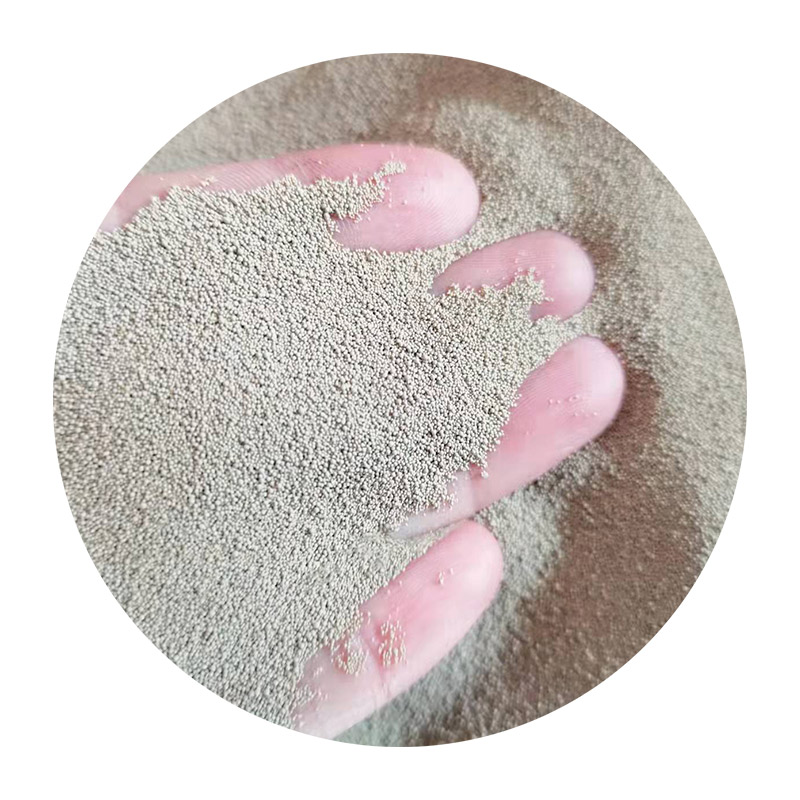The Importance of Sanding in 3D Printing Achieving Perfect Finishes
3D printing technology has revolutionized the manufacturing and prototyping sectors, enabling creators to turn digital designs into tangible objects quickly and efficiently. However, one of the challenges that many 3D printed components face is their surface finish. This is where sanding plays a crucial role in enhancing the aesthetic and functional qualities of 3D printed items.
Understanding 3D Printing Surfaces
When a 3D object is printed, the layering process, fundamental to most 3D printing techniques, can result in visible lines or ridges, known as layer lines. These imperfections can detract from the overall appearance and feel of the final product. Additionally, components created using Fused Deposition Modeling (FDM) or similar techniques often have a texture that can be rough or uneven. Sanding, thus, becomes an essential post-processing step that not only improves the look of the piece but can also enhance its performance.
Types of Sanding Techniques
There are several techniques that can be employed when sanding 3D printed objects, each depending on the desired finish and material of the print. The most common methods include
1. Hand Sanding This is perhaps the most straightforward approach, using sandpaper to manually smooth the surface. It allows for great control and is ideal for detailed work. Sanding typically starts with a coarser grit paper to remove larger imperfections, followed by progressively finer grits to achieve a smoother finish.
2. Power Sanding For larger or more robust pieces, power sanders can expedite the sanding process. These tools can save time but require careful handling to avoid damaging the print. They are especially beneficial for bigger prints where manual sanding would be labor-intensive.
3. Sanding with Water Wet sanding is a technique used to reduce dust and improve the sanding finish. It can help in achieving a higher gloss and can be particularly useful with softer materials like PLA.
3d printing sanding

4. Chemical Smoothing While not a traditional sanding technique, it is worth mentioning that some users opt for chemical smoothing methods, such as using acetone for ABS prints. The evaporation of acetone can dissolve the surface layer, resulting in a smoother finish, although this method may affect the object's strength and detail.
Benefits of Sanding in 3D Printing
Sanding offers multiple benefits
- Improved Appearance A smooth surface can significantly enhance the visual appeal of a 3D printed part, making it look more like a manufactured product rather than a DIY creation.
- Increased Compatibility For functional parts that need to fit together, proper sanding ensures tight tolerances and better mating surfaces, which is crucial in assembling multiple components.
- Enhanced Paint Adhesion If a project requires painting, a well-sanded surface allows for better paint adhesion and a smoother, more professional finish.
- Reduced Wrinkles Sanding can help eliminate unwanted imperfections, reducing the likelihood of paint peeling or bubbling during the finishing process.
Conclusion
In summary, while 3D printing allows for relatively quick and easy production of objects, the finishing touches made possible through sanding are essential in achieving high-quality results. Whether for aesthetic purposes or practical applications, the sanding process contributes significantly to the overall integrity and appeal of 3D printed items. As technology continues to evolve, the integration of post-processing techniques like sanding will undoubtedly remain a vital aspect of the 3D printing landscape, enabling creators to bring their visions to life with the utmost precision and style.
Post time:ઓક્ટોબર . 06, 2024 15:29
Next:how much does sand casting cost
